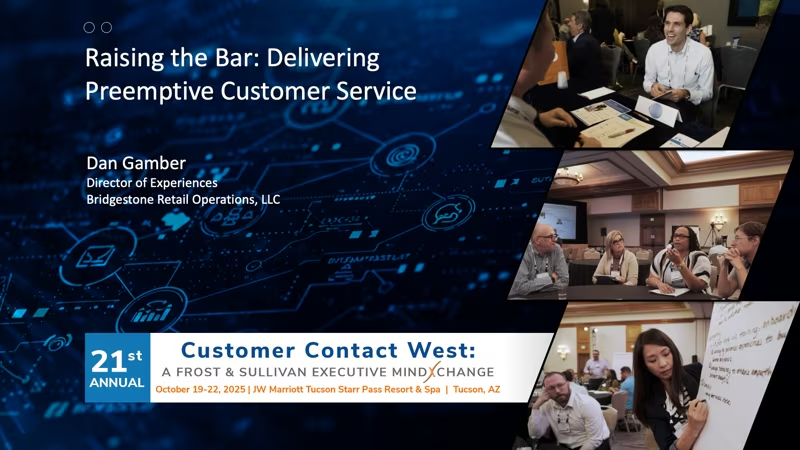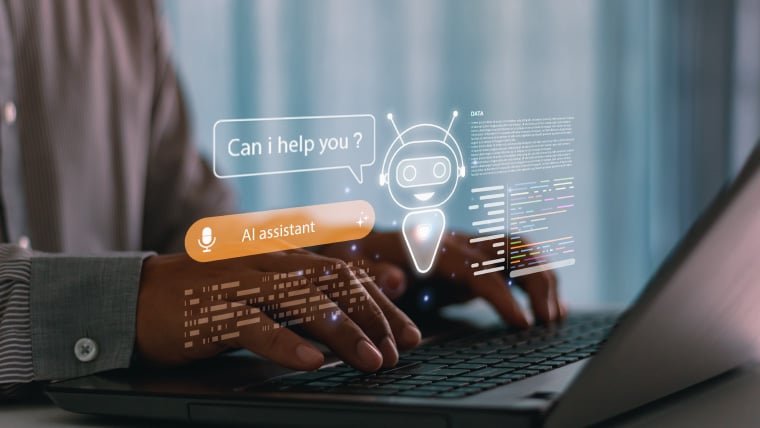Despite all the advancements that have been made in technology to enhance customer experience, one thing remains the same – a personal touch to customer service is still the foundation of a best-in-class customer experience. According to Kristin Smaby in Being Human is Good Business, “In an era when companies see online support as a way to shield themselves from ‘costly’ interactions with their customers, it’s time to consider an entirely different approach: building human-centric customer service through great people and clever technology. So, get to know your customers. Humanize them. Humanize yourself. It’s worth it.”
Great customer service results in a pleased customer and also influences that customer to do more business with your organization. In the American Express 2017 Customer Service Barometer, 68% of customers said that a pleasant representative was key to their recent positive service experiences, and 62% said that a representative’s knowledge or resourcefulness was key. But what exactly is “good” customer service and how do you know that you’ve created a customer service foundation for a great customer experience at your company?
In my experience, creating metrics and algorithms to measure and assess customer experience is usually the easiest part of any company’s customer experience plan. The challenge comes in ensuring everyone is aligned regarding the foundational definition of good customer service. A typical approach to customer service is to drive the mindset to treat customers as you would like to be treated. On the surface, this short statement seems so simple and easy to understand. But each person’s baseline and expectations are different. An individual’s expectations are shaped by the experiences they have had and the truth as they know it to be. Research shows that groups of people are more likely, and quicker, to agree on what constitutes a bad customer service experience than a good one.
In order to level set on customer service expectations within my teams and with my customers, I have found the following two approaches to be the most impactful:
Role Playing. Successfully understanding your customers’ expectations for customer service requires seeing the business from the customer’s point of view and putting yourself in their shoes. Many companies use role playing as a training tool for their call centers, but neglect to apply it in other areas of the business. This is an impactful tool, and reminder, for anyone in the business chain. When the players are themselves and report a particularly frustrating experience they have had as customers, it makes the role playing especially real and insightful.
Customer Facing Workshops. In situations where your customer comes from a business to business relationship understanding not only the company, but also the individual decision makers’ expectations on customer service allows for the strategic development of a common understanding. Without a clear alignment in this area, companies, and individuals at those companies, fall into a “spaghetti toss” approach of trial and error to determine what expectations and requirements may “stick.” Companies need to dig deep and establish a portfolio of measures that can determine how each touch point contributes to the overall experience. Thus using a workshop format for value chain mapping with the customer readily identifies the key touch points in your relationship and the associated customer service expectations.
No matter your approach to customer service, there is no substitution for a knowledgeable, human touch to drive a best in class customer experience. As Colleen Barrett, Southwest Airlines President Emeritus, once said, “To earn the respect (and eventually love) of your customers, you first have to respect those customers. That is why Golden Rule behavior is embraced by most of the winning companies.”
Becky Ayotte leads the development of innovative logistics solutions to support Fortune 500 companies globally. Currently, she is Head of Solution Consulting for DHL Customer Solutions & Innovation, DHL’s award winning account management organization focused on DHL’s top 100 customers. Throughout her career progression at DHL, Becky has served in various roles including Regional Customer Manager, Americas, for the DHL Customer Solutions & Innovation group and Director, Customer Development, for DHL’s Exel supply chain division.
Prior to DHL, she was a Planning Facility Engineer and Logistics Consultant for Caterpillar, Incorporated.



